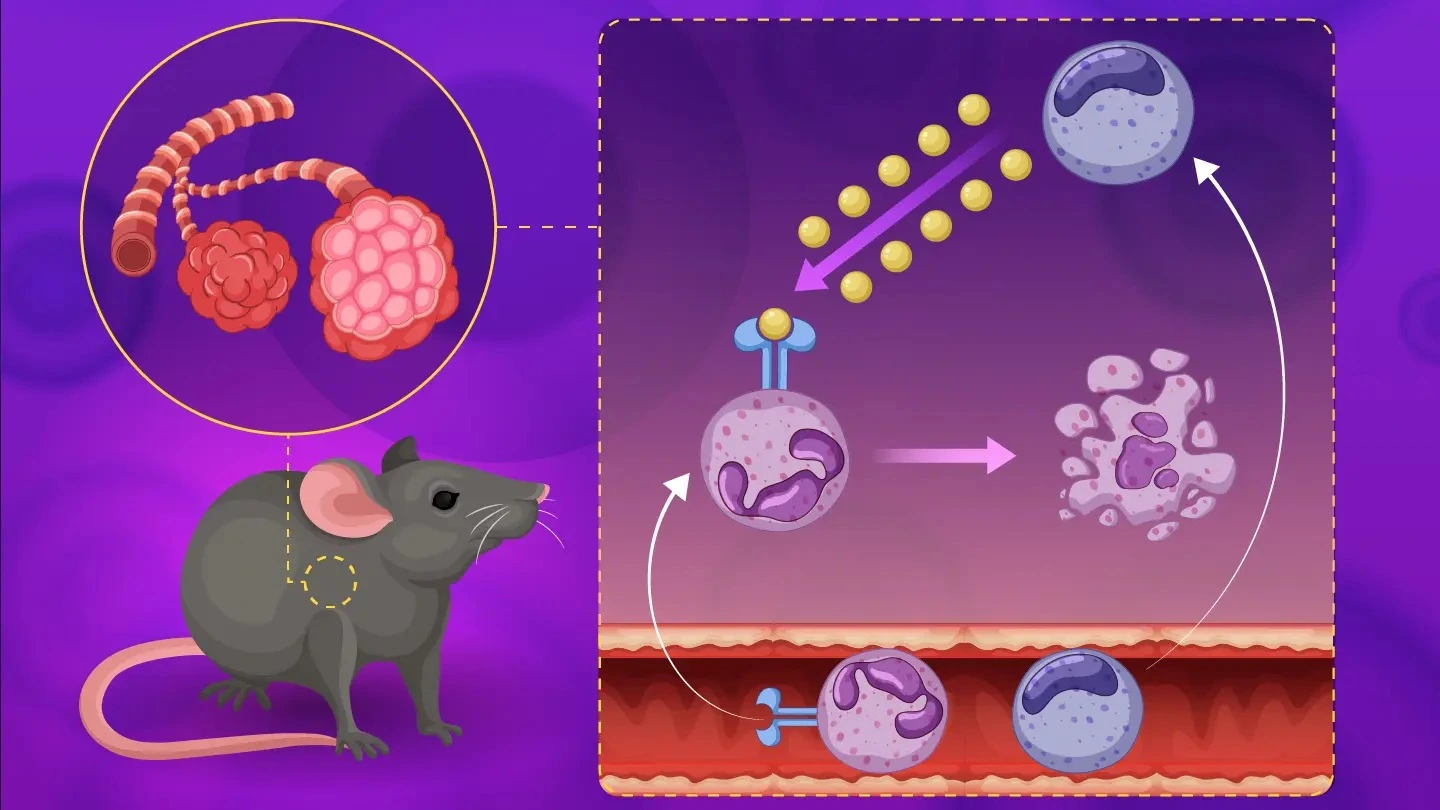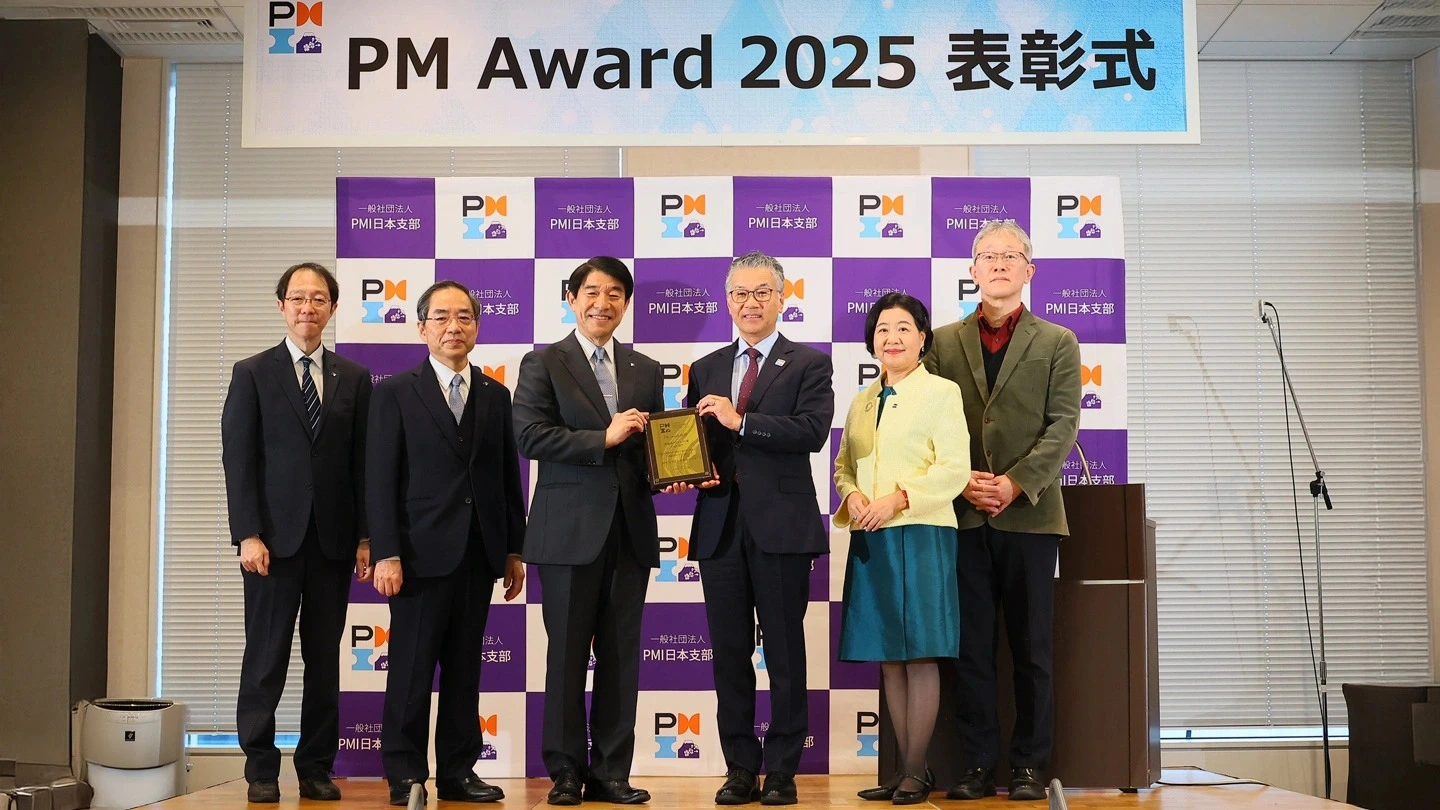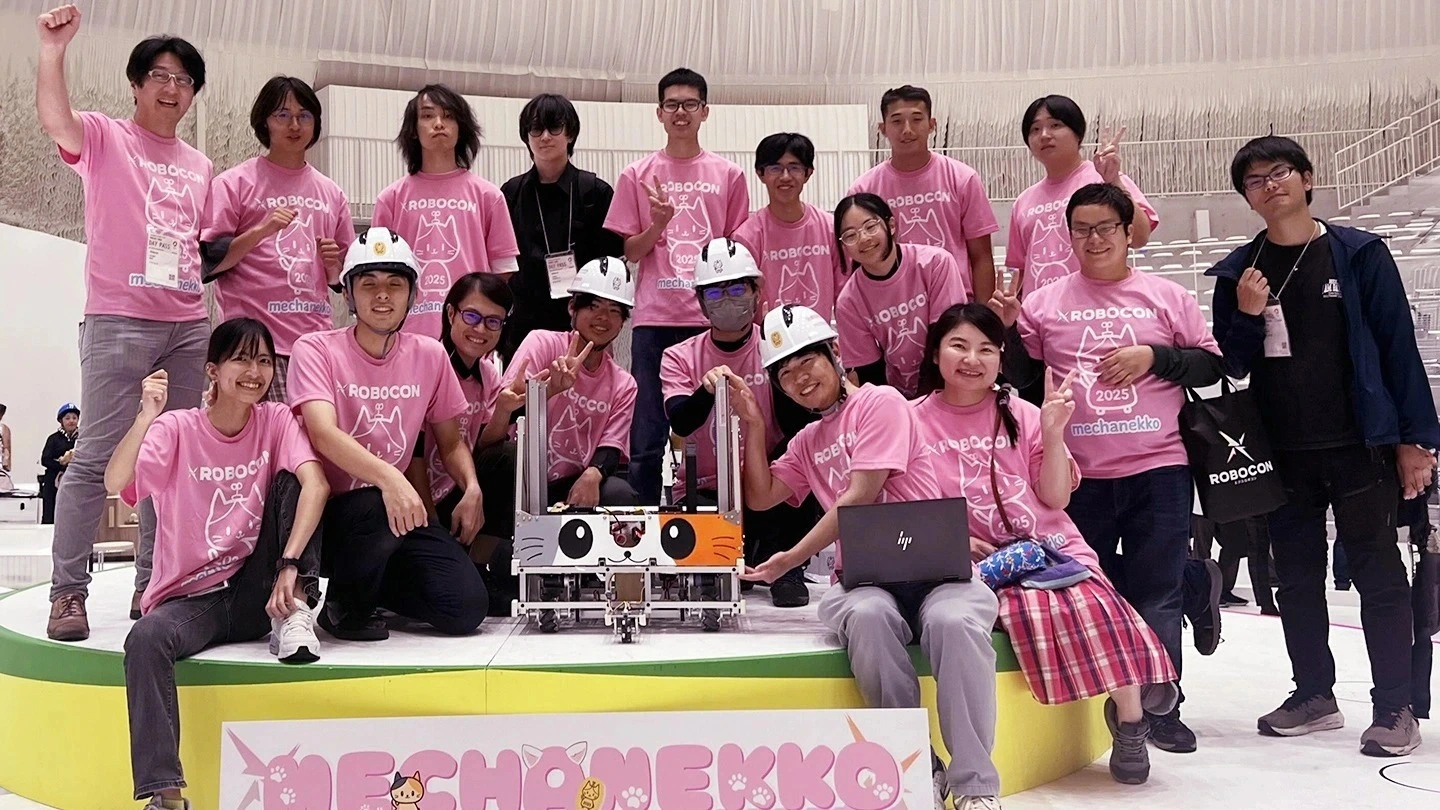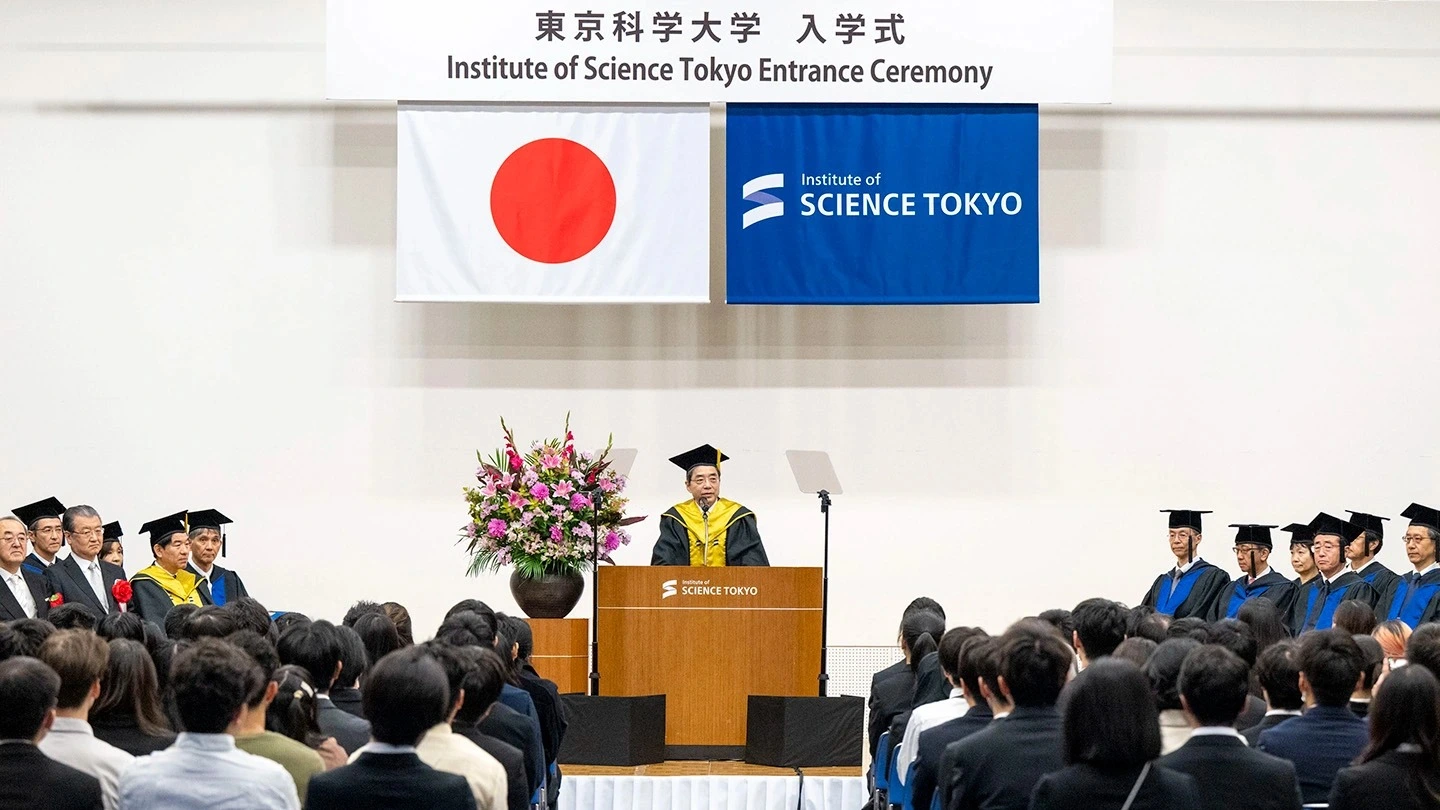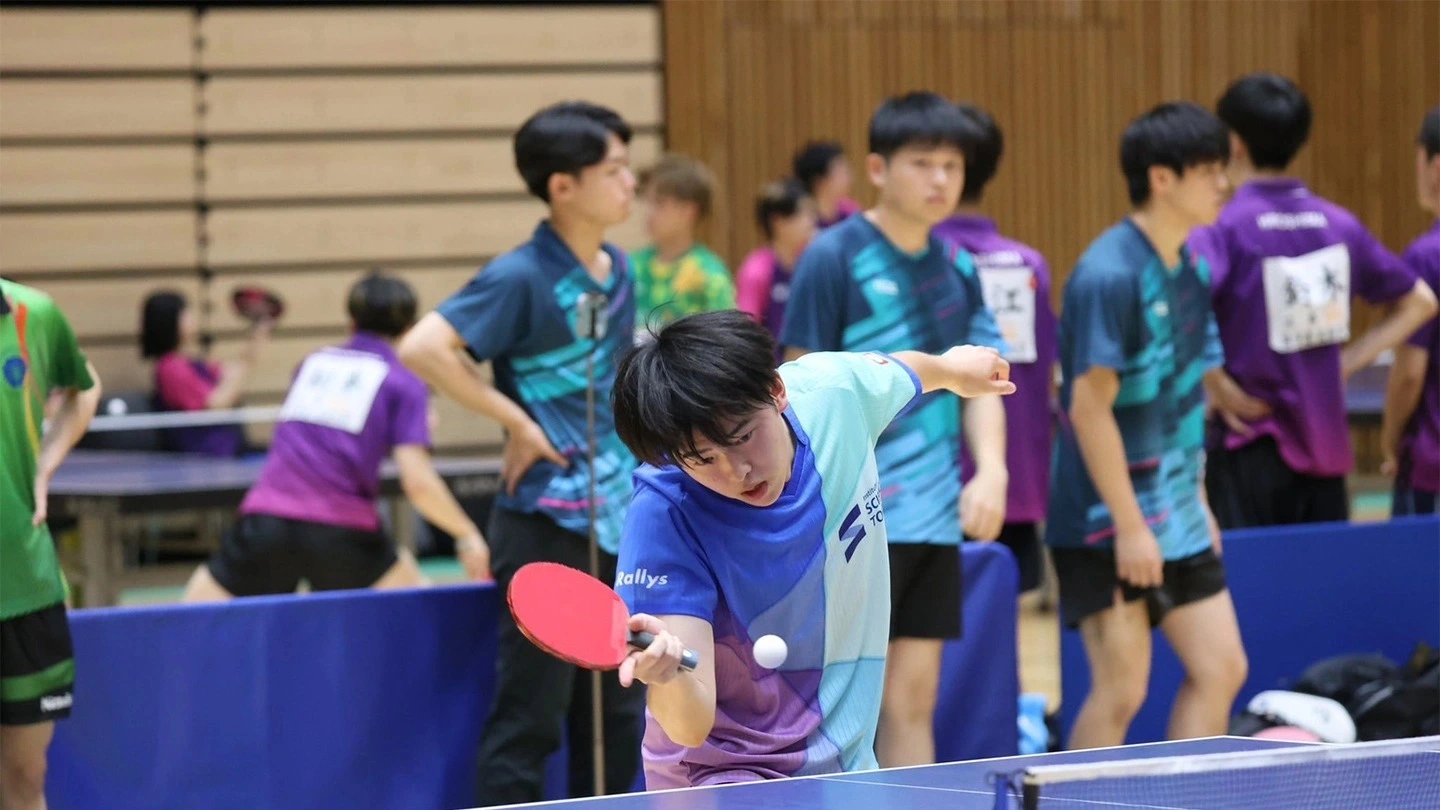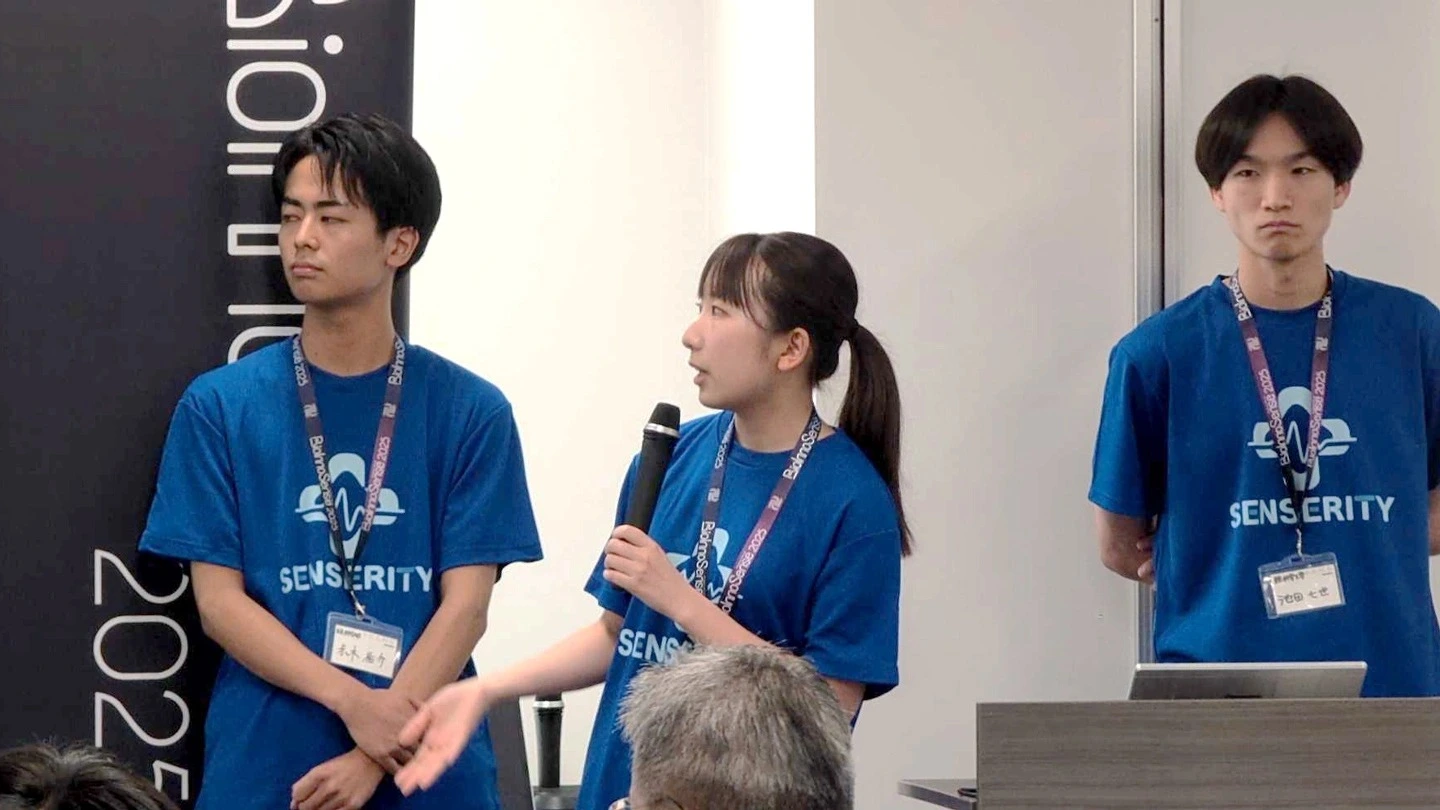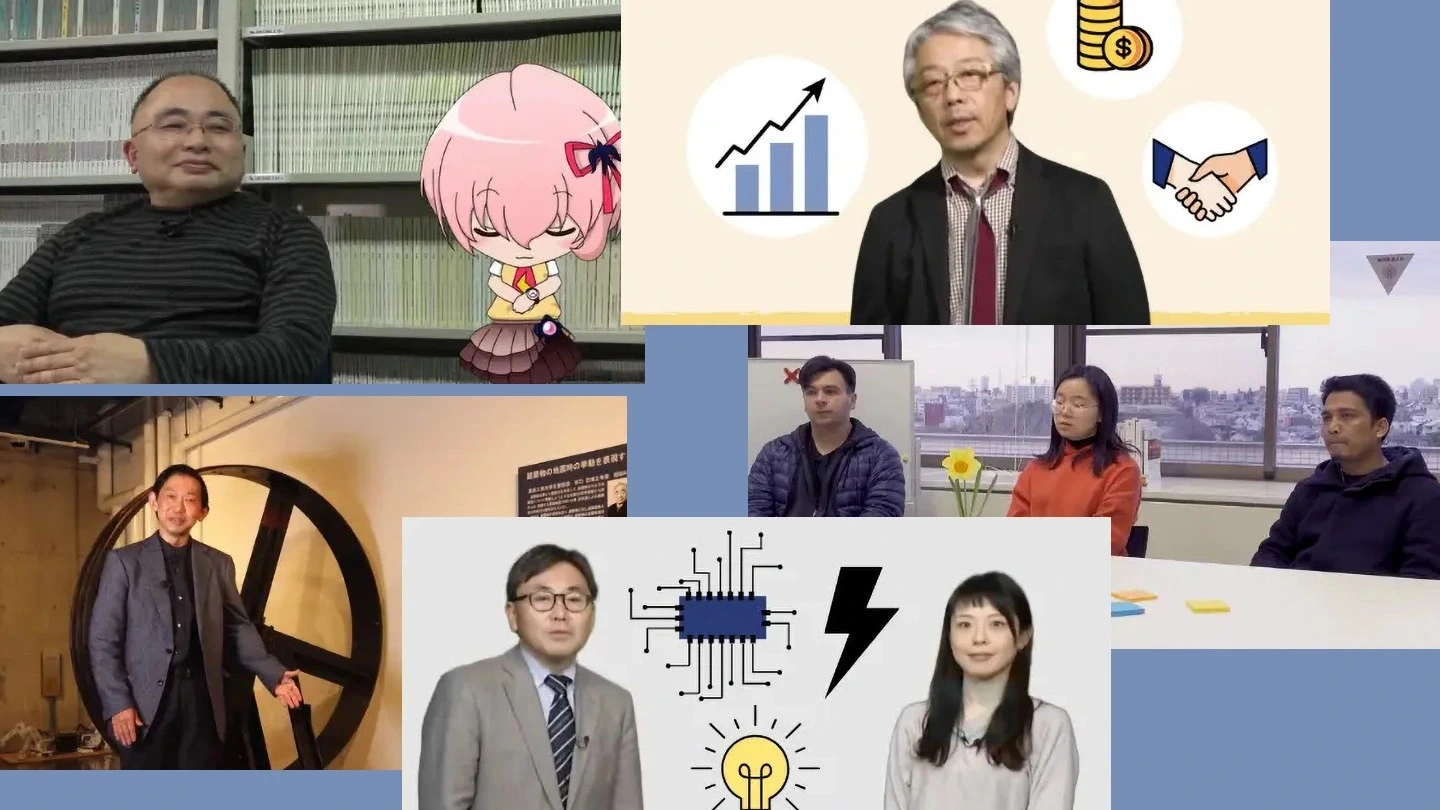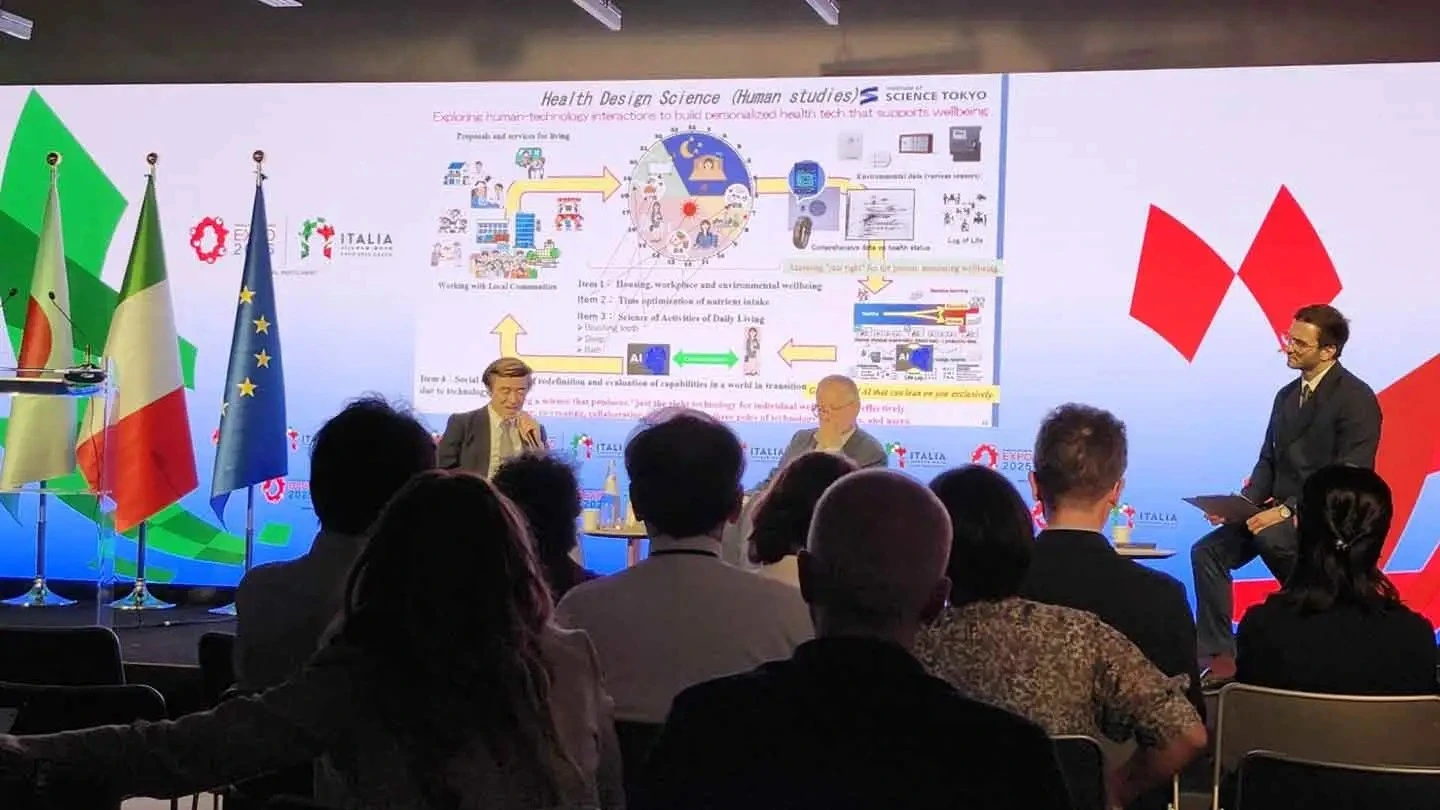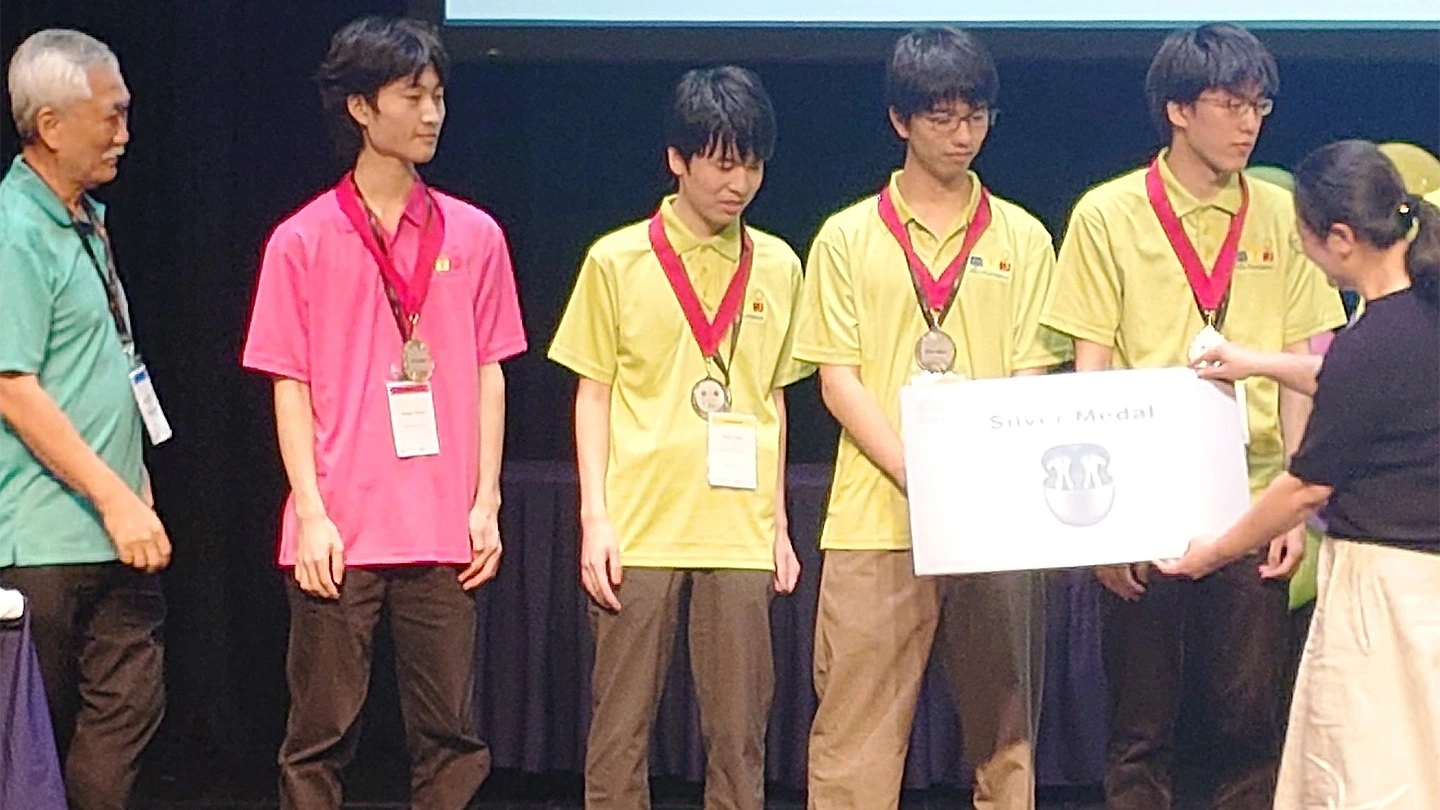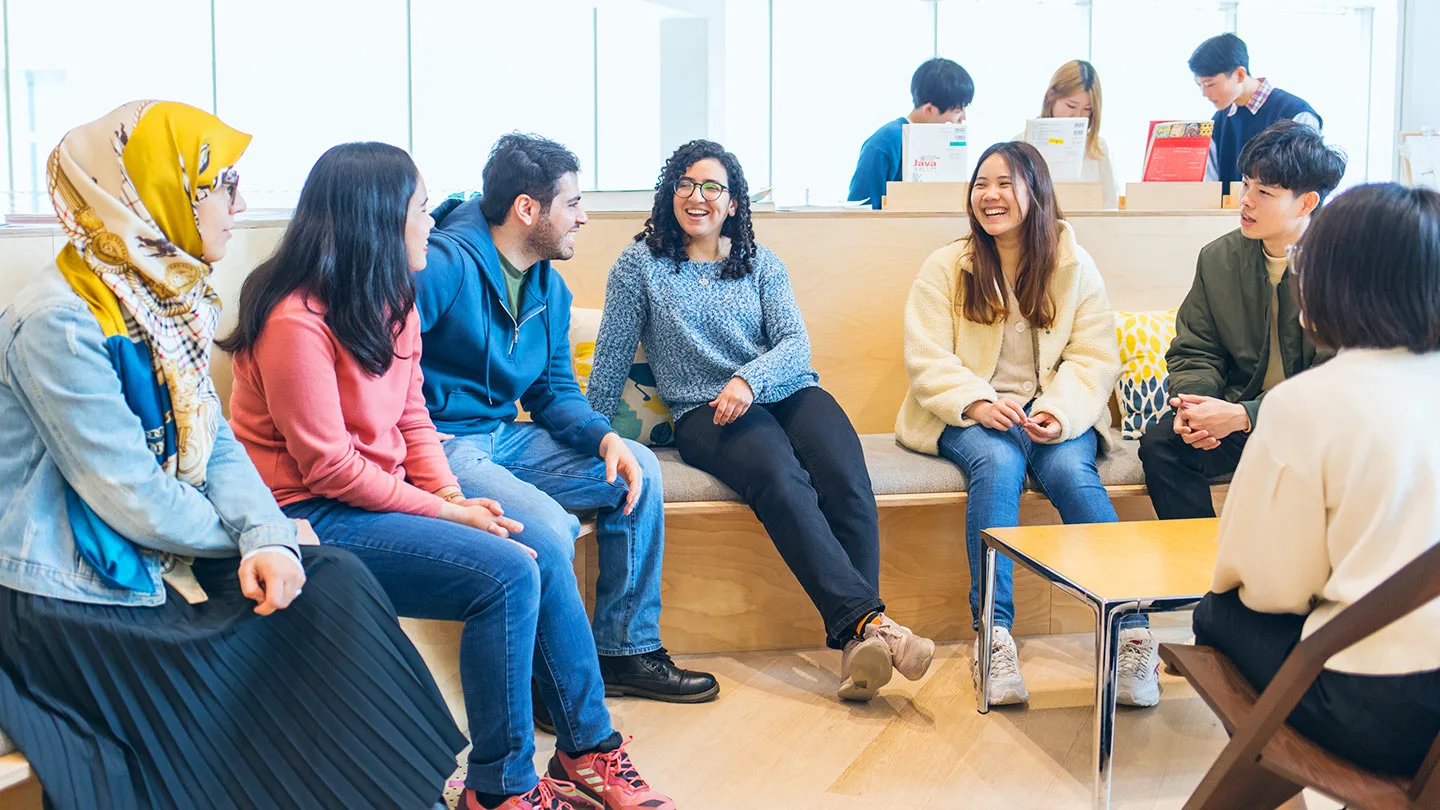
東京科学大学(Science Tokyo)は、研究成果やニュース記事、学生の活動などを国内外へ広く紹介する研究者・留学生向け英文メールニュース「Science Tokyo Bulletin(ブリテン)」を定期的に配信しています。この度、Science Tokyo Bulletin #3—Nov. 2025を発行しました。
メールでの配信をご希望の方は申し込みフォームからご登録ください。
- Science Tokyo Bulletinは英語で配信を行っていますが、コンテンツは一部を除いて日英両方で掲載しています。
Highlights
Science Tokyo — Leading the world through the power of science
Messages from President & CEO Ohtake and President & CAO Tanaka as Science Tokyo's first anniversary approachesScience Tokyo set sail in October 2024 as a new university with "science" at its core. In these uncertain times, the Institute firmly believes in the power of science and envisions a future where science enables the achievement of a better life, a better society, and a better planet. Science Tokyo is developing and nurturing professionals capable of realizing this threefold vision.
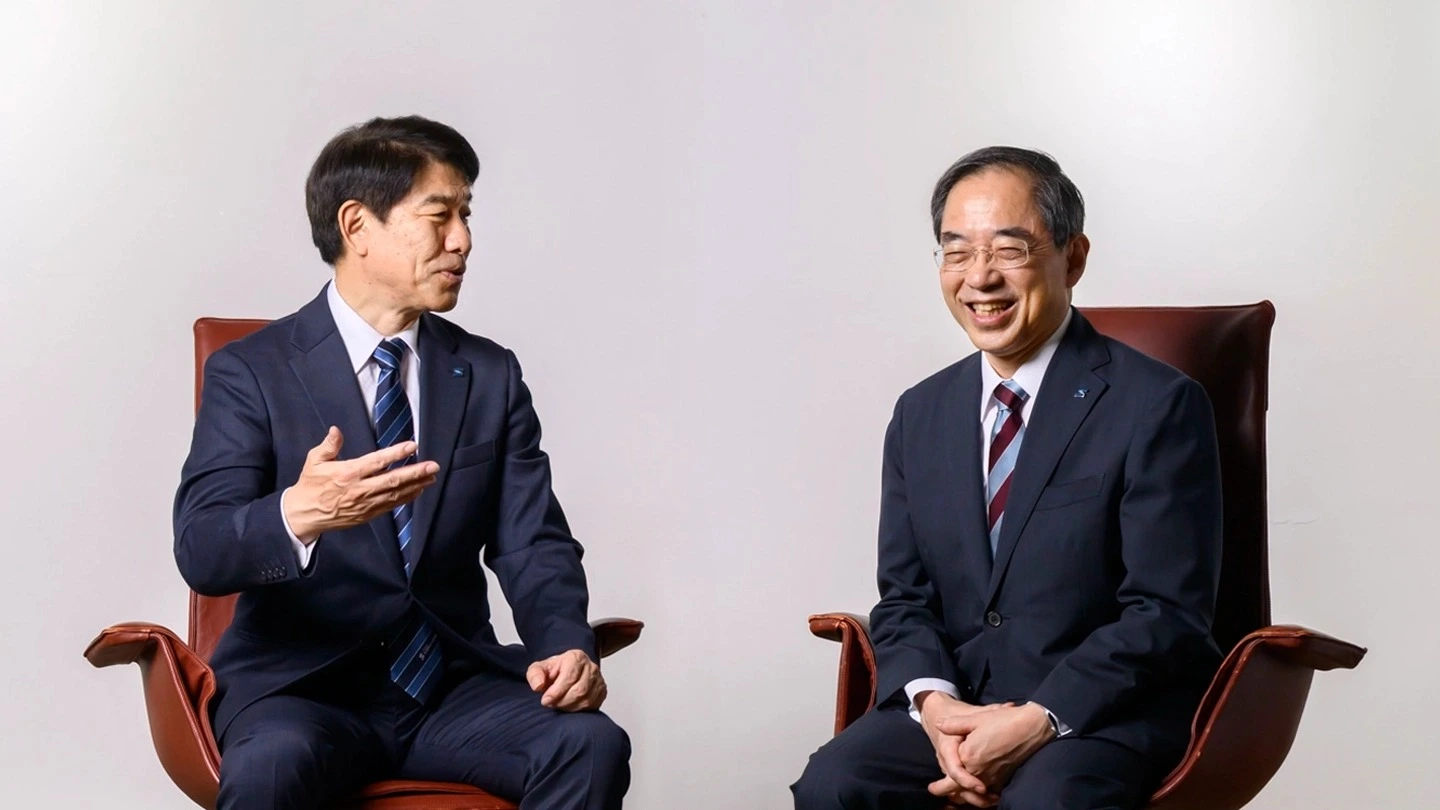
Discovering new materials through computational science and data science—Fumiyasu Oba
Science Tokyo Faces vol. 005
Oba used computer simulations to predict a previously unknown inorganic compound, then collaborated with experimentalists to successfully demonstrate its existence. This compound is a new semiconductor that can be used in electronic devices, optoelectronics, and solar cells. Containing no rare elements, it demonstrates the reliability and practical value of computational science and has attracted significant attention. Since this breakthrough, Oba has continued developing various new materials through computational and data science methods.
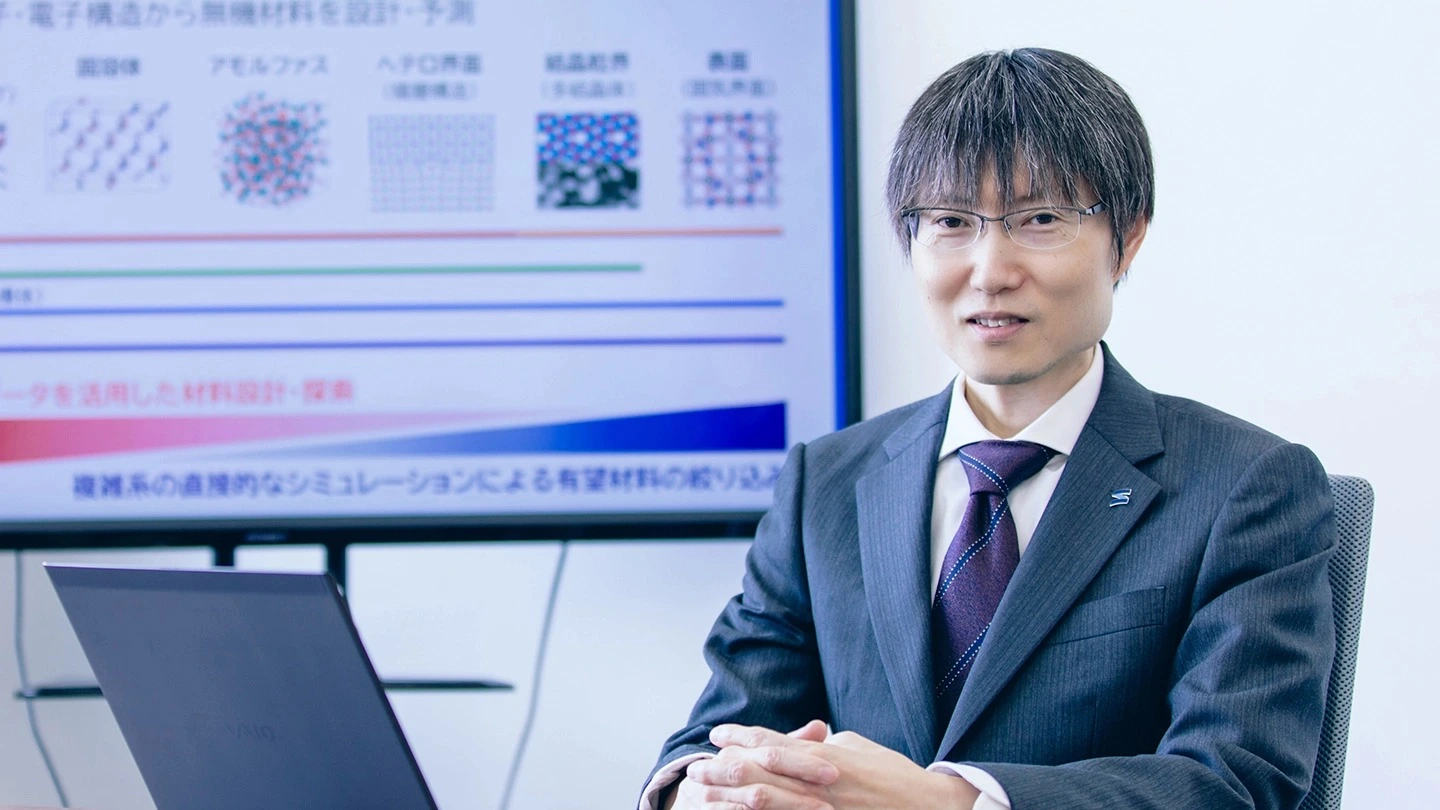
Joint Workshop between Science Tokyo and RWTH Aachen University
A joint workshop with RWTH Aachen University (RWTH) was held under the theme "Assistive Technologies and Robots in Healthcare, Nursing, Rehabilitation, and Assistance at Work." This was the first event since the two universities established a strategic partnership in June. Thirteen researchers from RWTH visited Institute of Science Tokyo and actively exchanged ideas with its researchers and students.

Research
Scalable and efficient quantum error correction for fault-tolerant quantum computing
A new class of highly efficient and scalable quantum low-density parity-check error correction codes, capable of performance approaching the theoretical hashing bound, has been developed by scientists at Institute of Science Tokyo, Japan. These novel error-correction codes can handle quantum codes with hundreds of thousands of qubits, potentially enabling large-scale fault-tolerant quantum computing, with applications in diverse fields, including quantum chemistry and optimization problems.
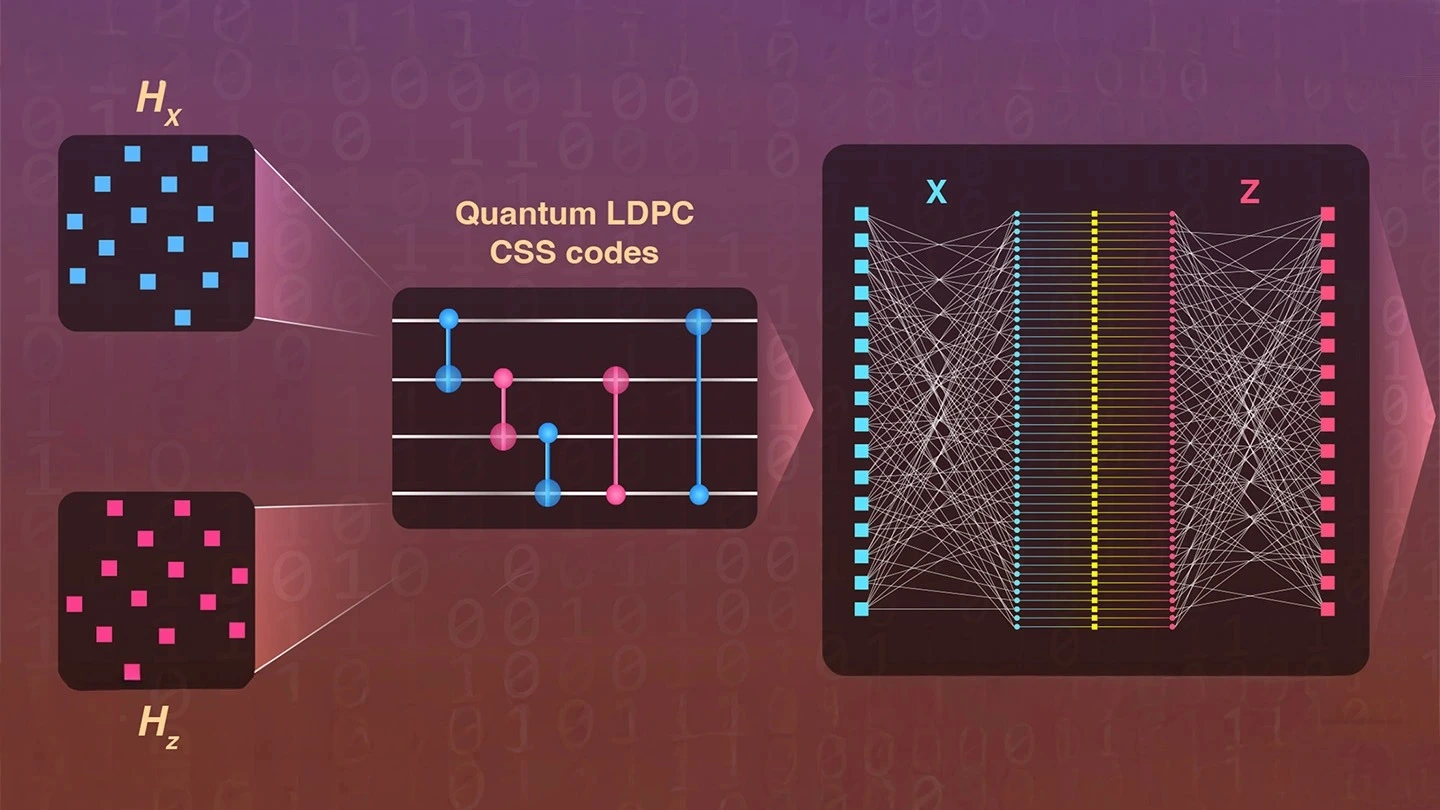
Overcoming the barriers of hydrogen storage with a low-temperature hydrogen battery
A hydrogen battery that operates at just 90 °C has been developed by researchers from Japan, overcoming the high-temperature and low-capacity limits of earlier methods. The device works by moving hydride ions through a solid electrolyte, allowing magnesium hydride, which acts as the anode, to repeatedly store and release hydrogen at full capacity. This battery offers a practical way to store hydrogen fuel, paving the way for hydrogen-powered vehicles and clean energy systems.
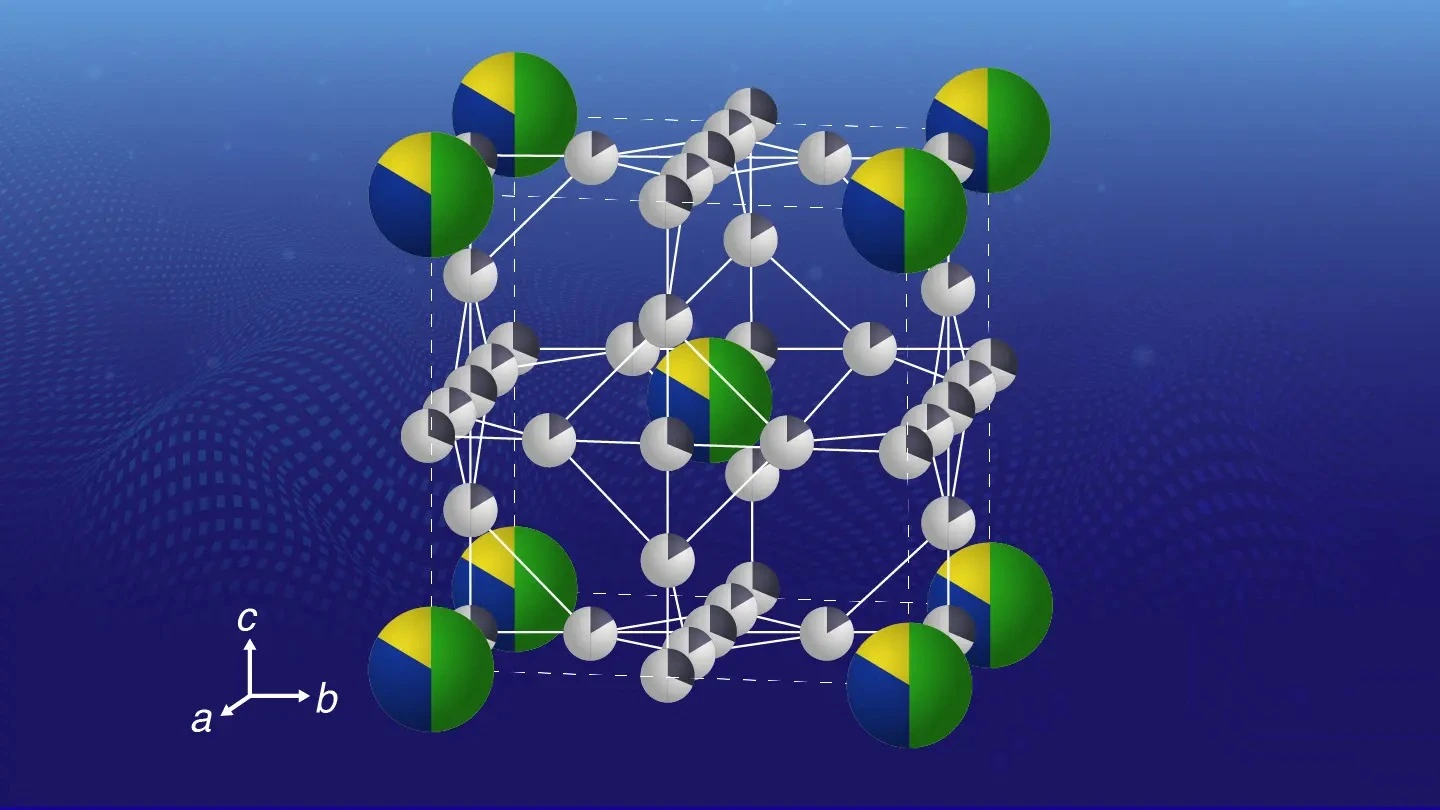
Hot springs in Japan give insight into ancient microbial life on Earth
Iron-oxidising bacteria in the iron-rich hot springs suggest early microbes used iron and trace oxygen, not sunlight, as their primary energy source during the planet’s shift from a low-oxygen to a high-oxygen atmosphere about 2.3 billion years ago.
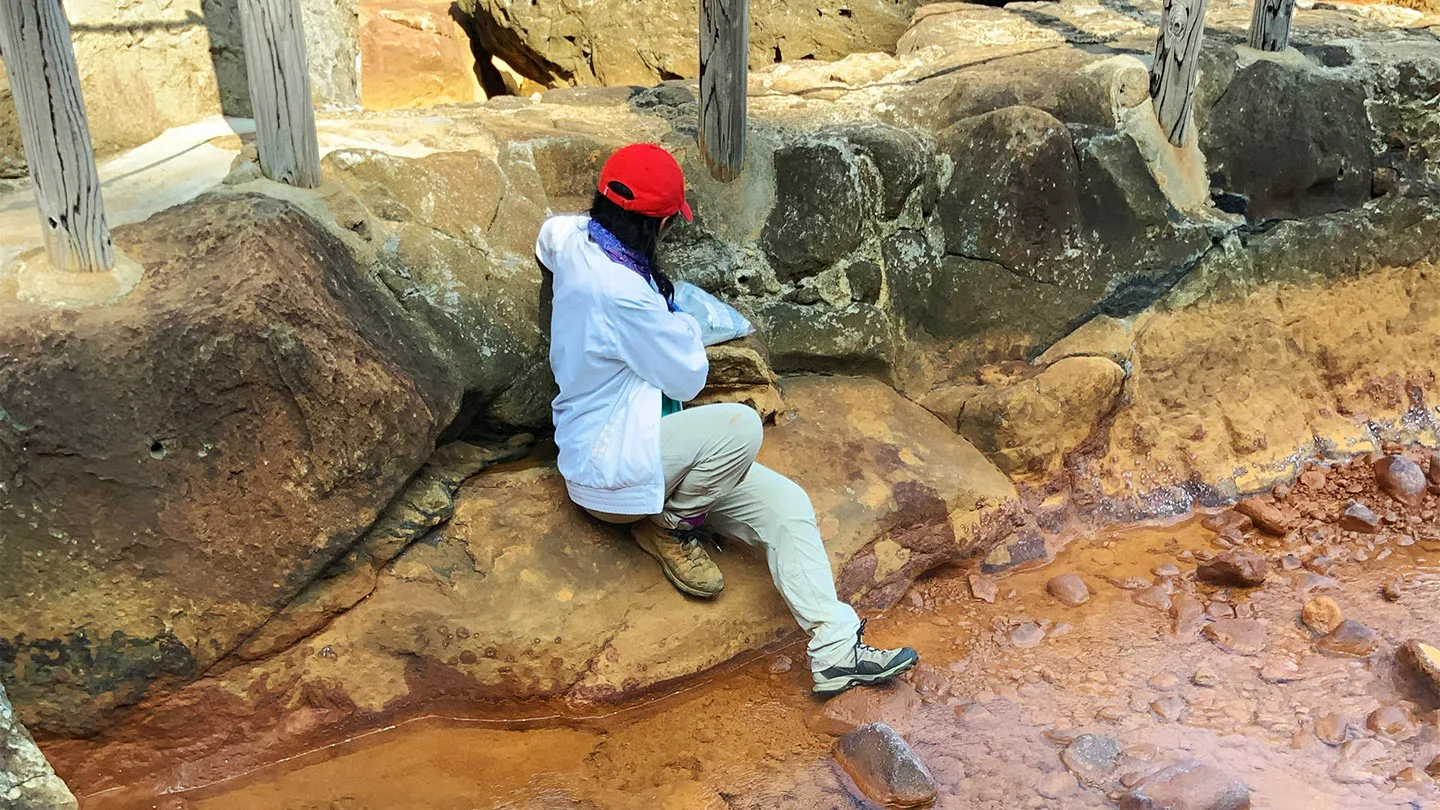
Breaking barriers in energy-harvesting using quantum physics
Harnessing quantum states that avoid thermalization enables energy harvesters to surpass traditional thermodynamic limits such as Carnot efficiency, report researchers from Japan. The team developed a new approach using a non-thermal Tomonaga-Luttinger liquid to convert waste heat into electricity with higher efficiency than conventional approaches. These findings pave the way for more sustainable low-power electronics and quantum computing.

Exploring a novel approach for improving generative AI models
A new framework for generative diffusion models was developed by researchers at Science Tokyo, significantly improving generative AI models. The method reinterpreted Schrödinger bridge models as variational autoencoders with infinitely many latent variables, reducing computational costs and preventing overfitting. By appropriately interrupting the training of the encoder, this approach enabled development of more efficient generative AI, with broad applicability beyond standard diffusion models.
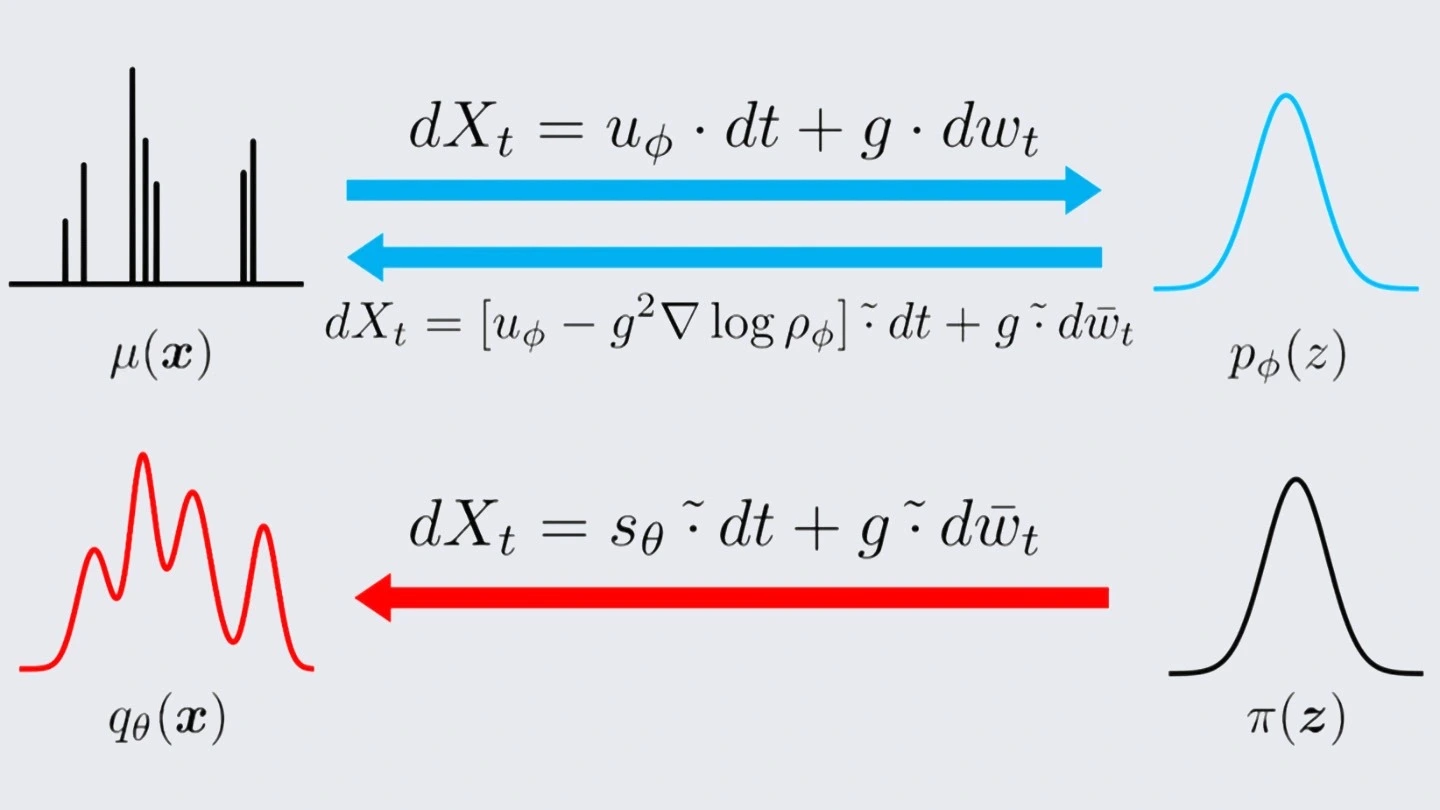
mRNA vaccine shows promise for treating age-related macular degeneration
An mRNA vaccine developed by researchers from Japan suppressed abnormal blood vessel growth or neovascularization in the retina of mouse models. Neovascularization is a condition that is caused by age-related macular degeneration (AMD), a leading cause of vision loss for elderly people. The vaccine can be delivered intramuscularly and is as effective as current therapies that require frequent eye injections, offering a more comfortable and easier-to-administer alternative for treating AMD and other neovascular eye diseases.
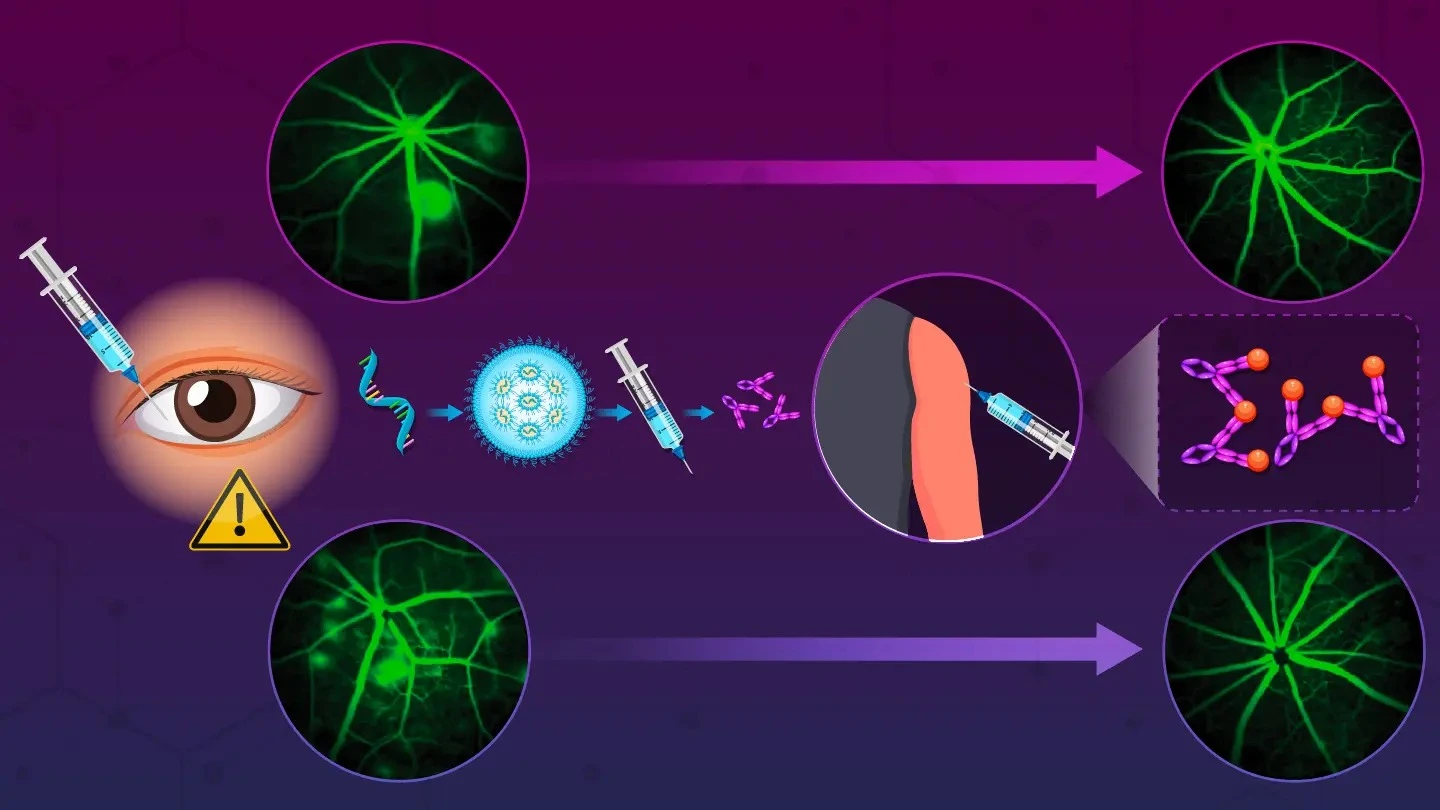
Spinel-type sulfide semiconductors to operate the next-generation LEDs and solar cells For solar-cell absorbers and green-LED sources
A spinel-type sulfide semiconductor that can emit light from violet to orange at room temperature has been developed by researchers at Science Tokyo, overcoming the efficiency limitations of current LED and solar cell materials. The material, (Zn,Mg)Sc2S4, can be chemically tuned to switch between n-type and p-type conduction, leading to future pn homojunction devices. This versatile semiconductor offers a practical path toward the development of more efficient LEDs and solar cells.

Rare immune cells offer new hope for treating acute respiratory distress syndrome
Basophils, a type of white blood cell, promote recovery from acute respiratory distress syndrome (ARDS) in mice, according to researchers at Science Tokyo. In a mouse model of ARDS, basophils were found to release interleukin-4 (IL-4), which suppresses inflammatory neutrophils in the lungs during the recovery stage. The study suggests that targeting the basophil–IL-4–neutrophil pathway could offer a new therapeutic approach for ARDS, a condition with high mortality rates and no dedicated treatments.
